Have you ever wondered what happens to bees in the winter? As temperatures drop in the winter, insects can no longer maintain the body temperatures required for biological processes such as metabolism. To prevent death, insects have developed multiple ways to survive cold winter climates. Some insects, such as monarch butterflies, migrate to warmer climates during the winter. The larvae of some insect species overwinter by burrowing down into the ground to escape the cold while other, such as moths, overwinter in their pupal stage, creating cocoons to protect them from the outside environment. Hibernation is another common method used by insects to survive the winter. Hibernating insects congregate in sheltered environments such as inside tree stumps or under logs, leaf piles, or eaves before entering a dormant stage where their metabolic requirements are greatly reduced.
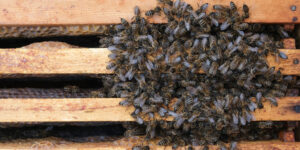 Bees do not employ any of these methods, as they remain semi-active all winter long. When the temperatures drop, the bees will cluster around the queen to keep her warm. The bees inside the cluster will vibrate their wings, creating heat and raising the temperature in the centre of the cluster. The bees in the outer layer of the cluster remain motionless, acting as a layer of insulation. The bees take turns being in the outer and inner layers of the cluster to prevent themselves from tiring out and ensuring everyone gets a chance to keep warm. The cluster moves around the hive throughout the winter, eating stored honey to fuel the high energy demand of continuously vibrating their wings.
Bees do not employ any of these methods, as they remain semi-active all winter long. When the temperatures drop, the bees will cluster around the queen to keep her warm. The bees inside the cluster will vibrate their wings, creating heat and raising the temperature in the centre of the cluster. The bees in the outer layer of the cluster remain motionless, acting as a layer of insulation. The bees take turns being in the outer and inner layers of the cluster to prevent themselves from tiring out and ensuring everyone gets a chance to keep warm. The cluster moves around the hive throughout the winter, eating stored honey to fuel the high energy demand of continuously vibrating their wings.
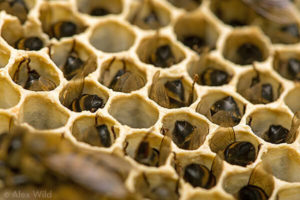
The cluster is not the only heat producing body inside the hive. A highly specialized bee, called a “heater bee” has been found to be able to raise its body temperature 10 degrees Celsius higher than normal bees by rapidly contracting its muscles. Heater bees work to keep the brood (the immature, developing bees) warm, and may play an important role in determining which “type” of bee these larvae will mature into (foraging bee, drones etc.). The brood is warmed by the heater bees in one of two ways. The heater bee may press its thorax against the wax capping covering an individual larvae, or, she may climb head first into an empty cell and “shiver” her body, warming multiple larvae. If temperatures drop particularly low, a greater number of bees may go head first into the cells. Worker bees may cover the head-down bees to help insulate the heat, while other bees bring food to feed the exhausted heater bees. Head-down bees are a normal part of winter hive.
Unfortunately, things can still go wrong for the bees in the winter. Bees may die of starvation, freezing, queen failure, predation, parasites or any number of unfortunate circumstances. Beekeepers can help by ensuring they are leaving an adequate supply of honey for the bees during the winter (supplementing it with sugar syrup if needed) and keeping hives in a safe and sheltered environment away from predators and the elements.

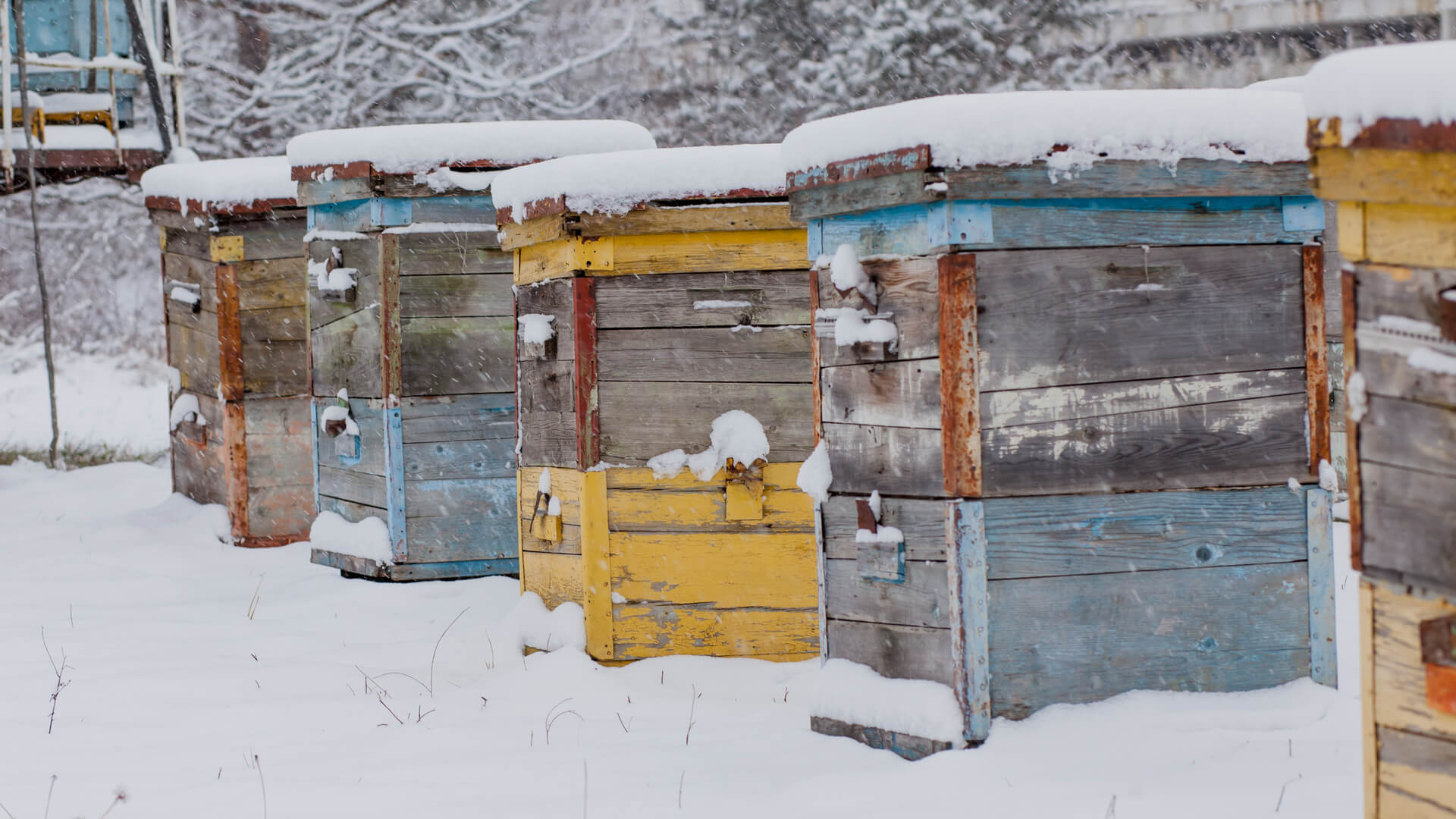
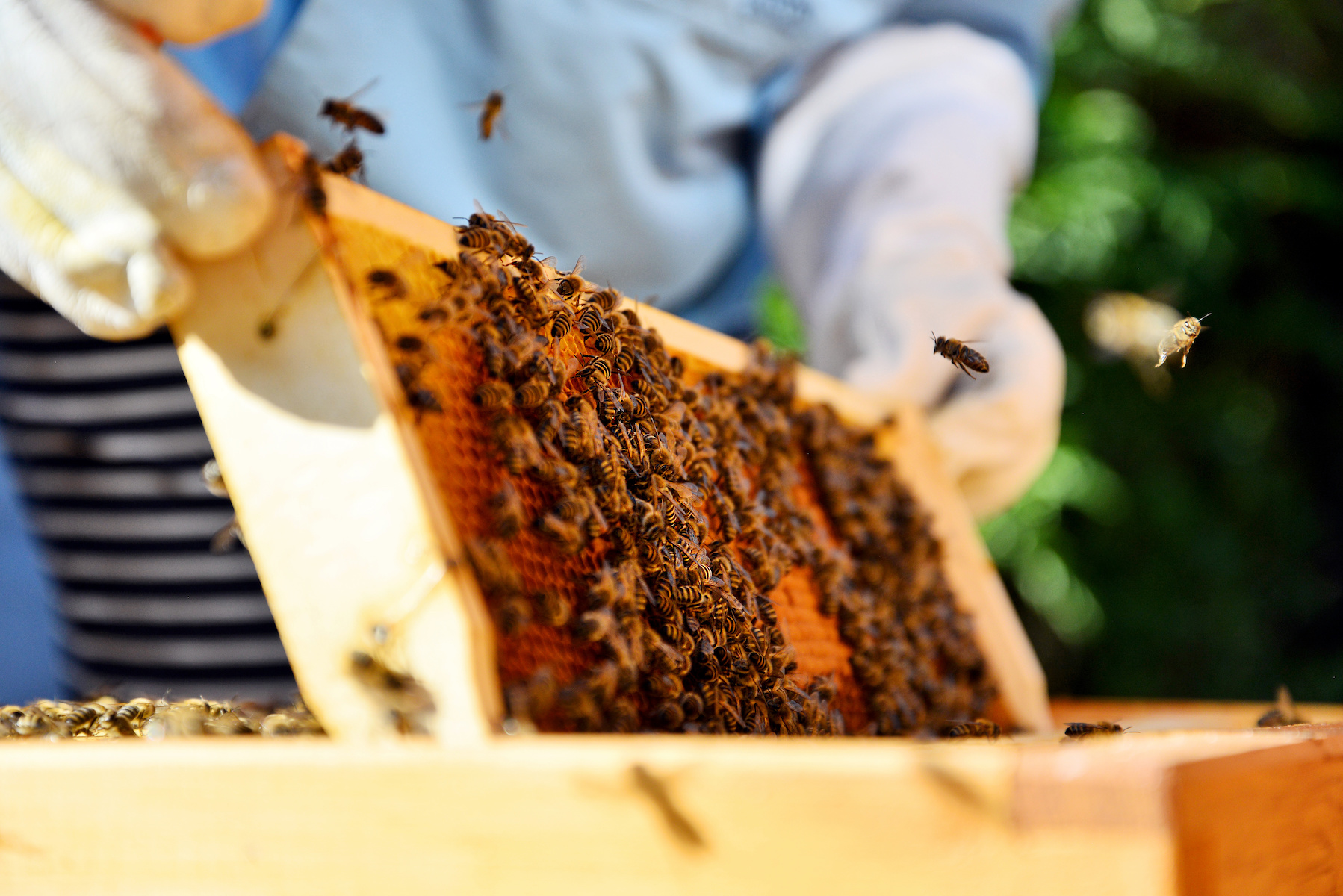
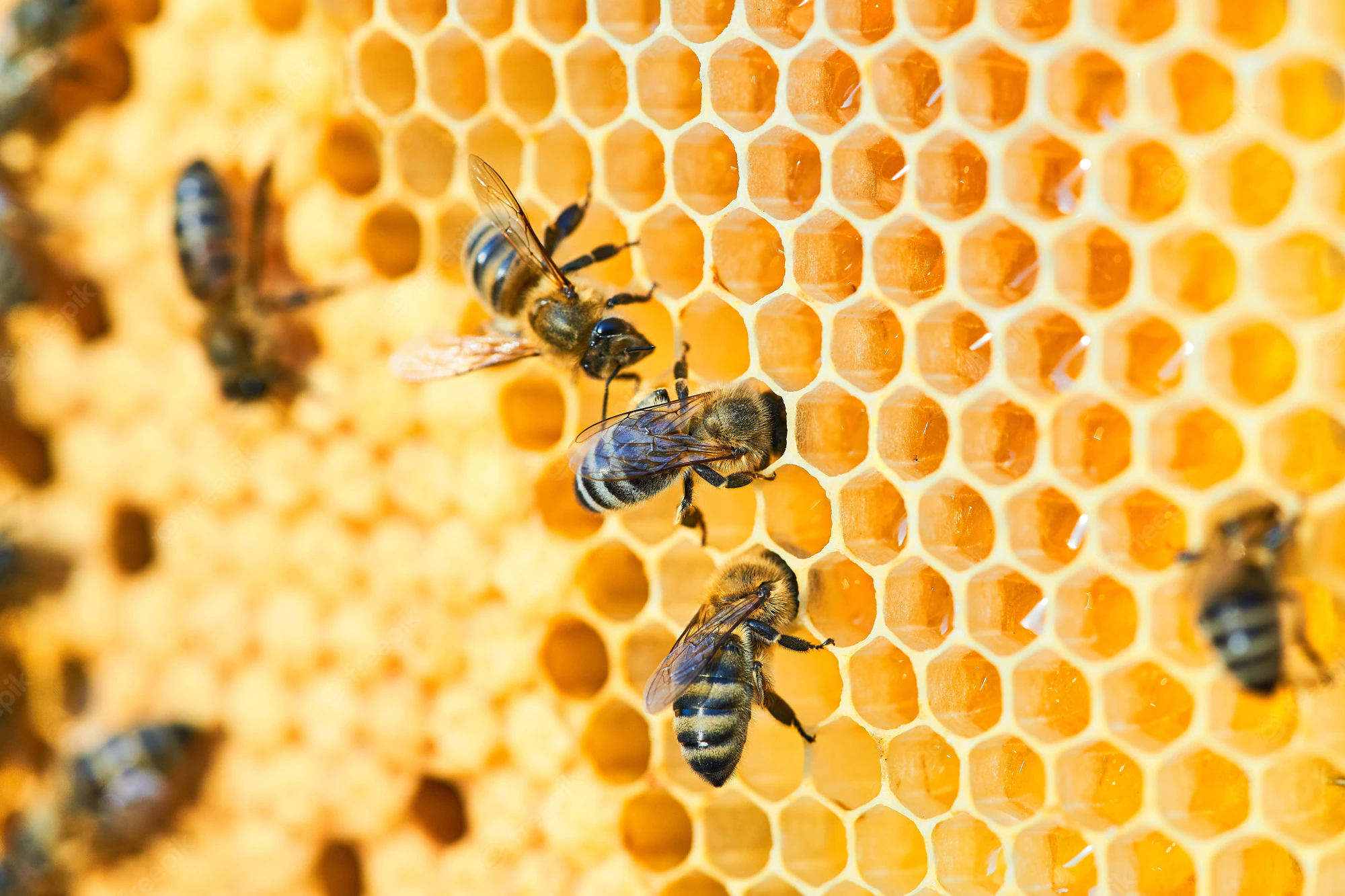
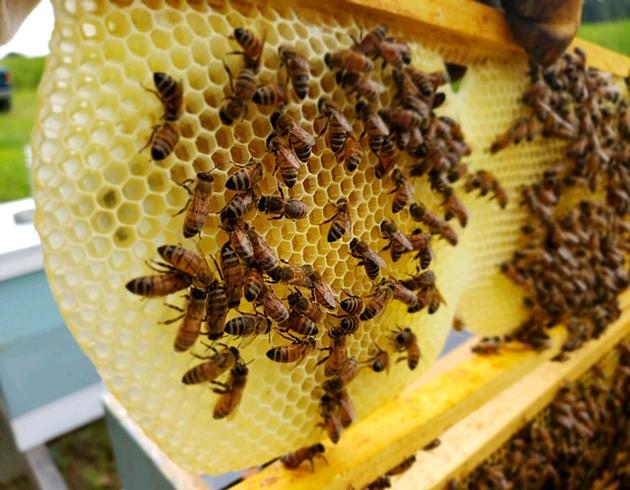
Leave A Comment